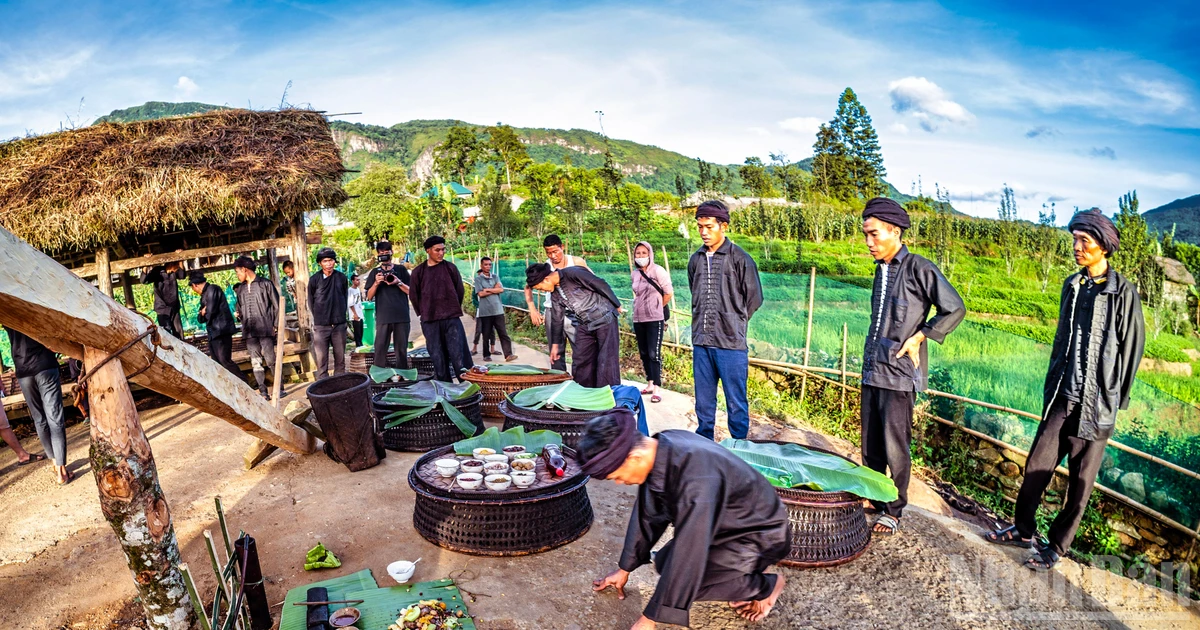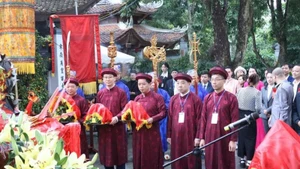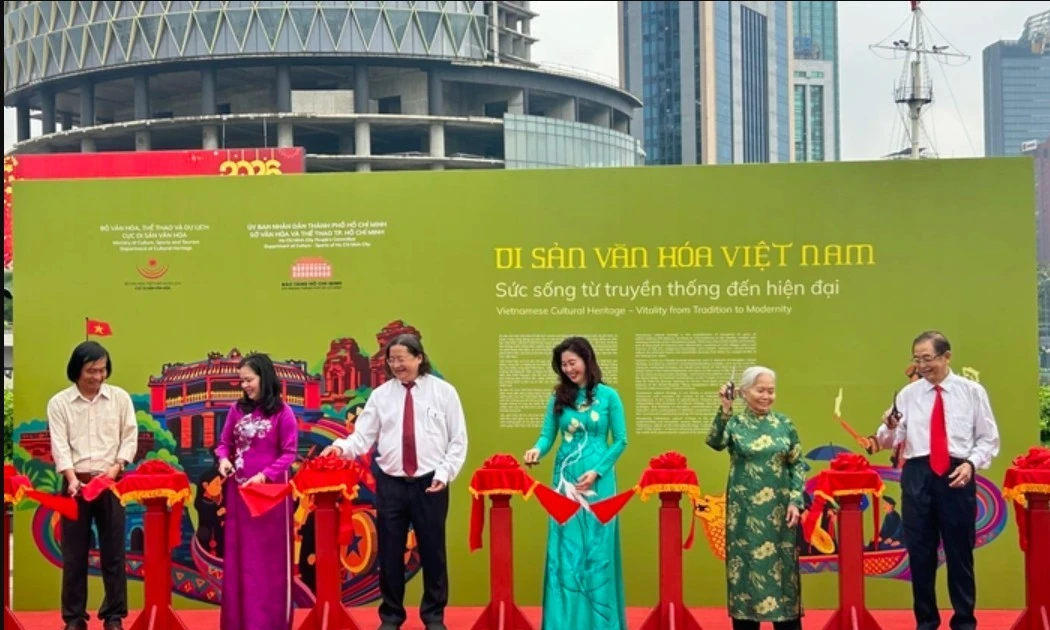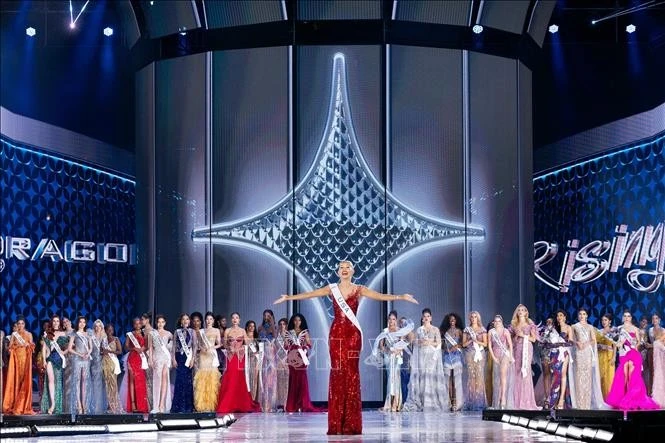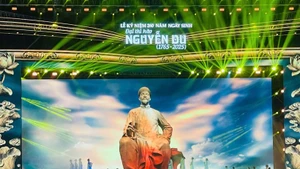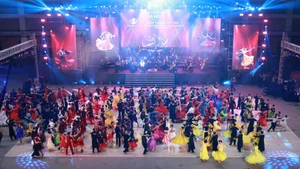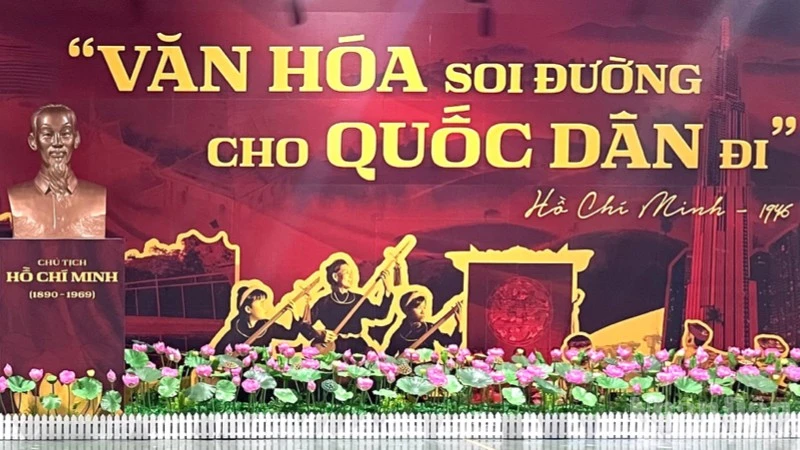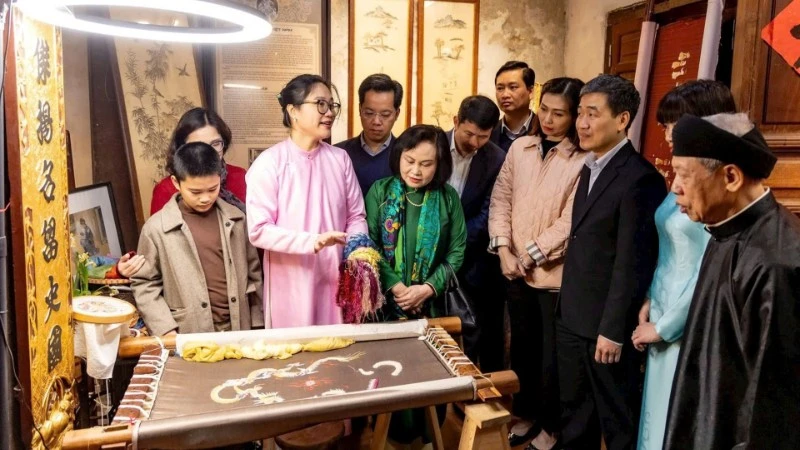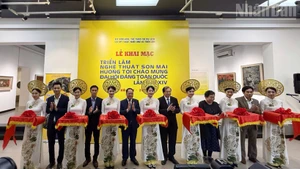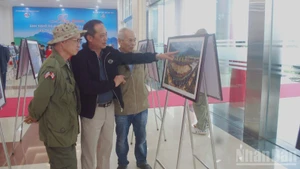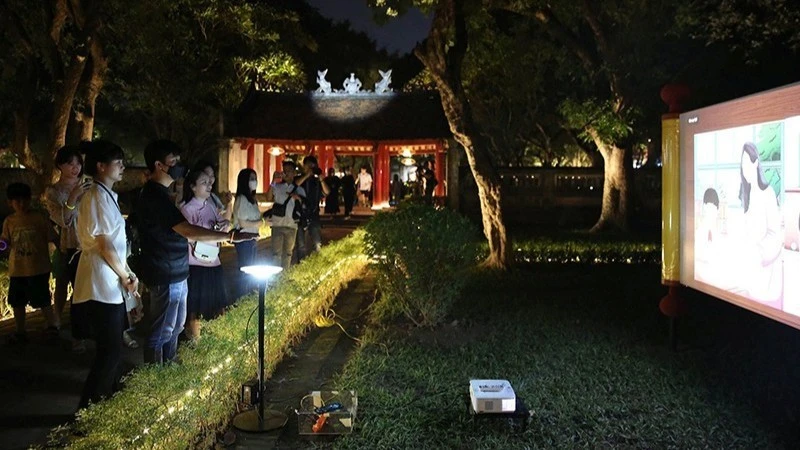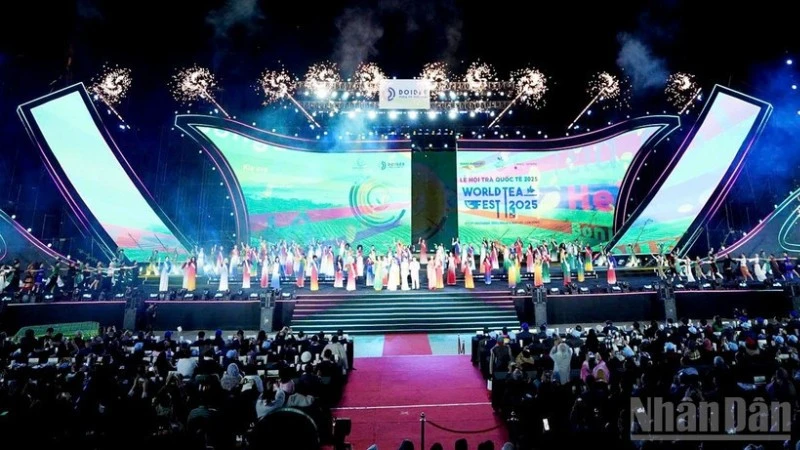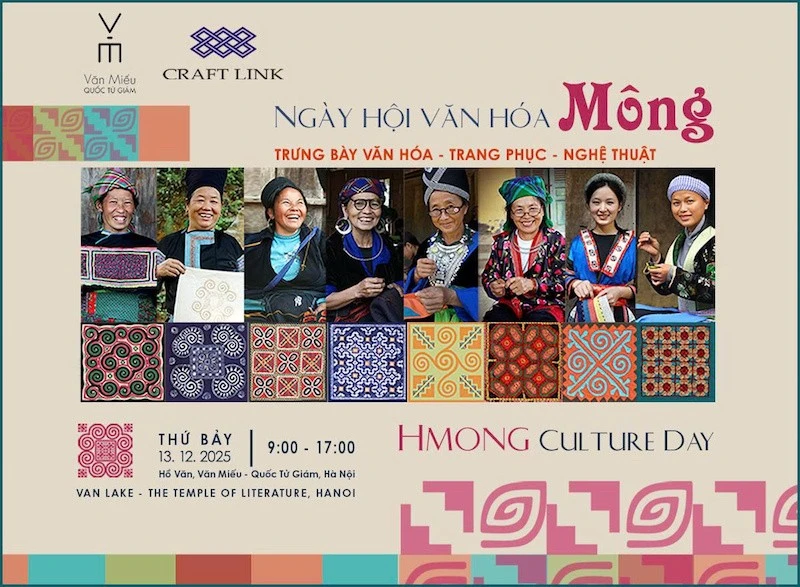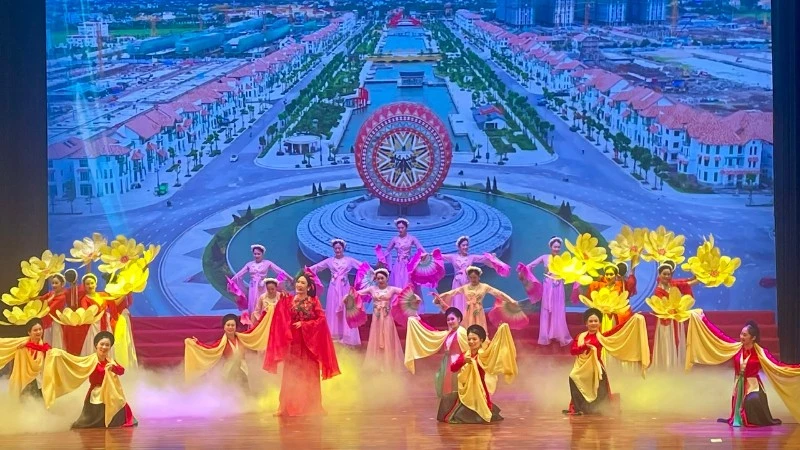The Kho Gia Gia Festival is usually held in the sixth lunar month, depending on each village’s agricultural schedule and farming conditions. Before the main festival, villagers clean the communal water source, closely tied to daily life and spiritual beliefs, and rebuild a thatched communal house where traditional rituals will take place.
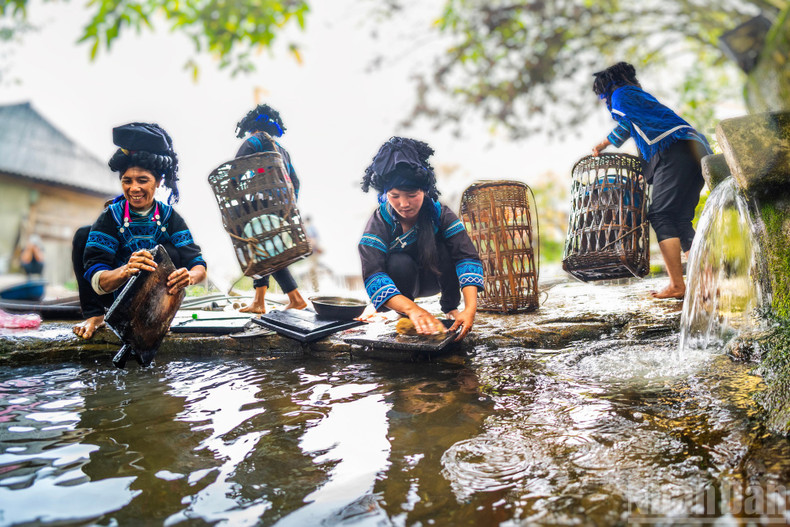
The festival lasts for three days, featuring numerous traditional rituals. Offerings such as ‘banh day’ (round glutinous rice cake), steamed sticky rice, meat, and rice wine are carefully prepared. Among them, the round glutinous rice cake is indispensable, symbolising wishes for abundance and fulfillment. The cake-making process is a communal activity, involving many households, and reflects a strong sense of solidarity and the desire to preserve traditional customs.
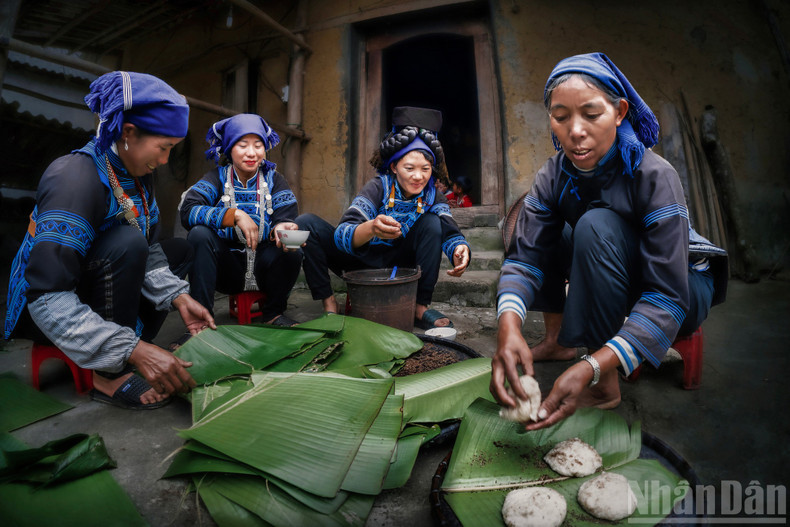
During the ritual, the village's shaman represents the entire community in presenting offerings and performing sacred rites to communicate with the deities. The offerings are arranged on ceremonial trays placed in an open yard, solemnly witnessed by the villagers. This demonstrates their reverence and faith that sacred blessings will bring peace, good crops, and good health to all.
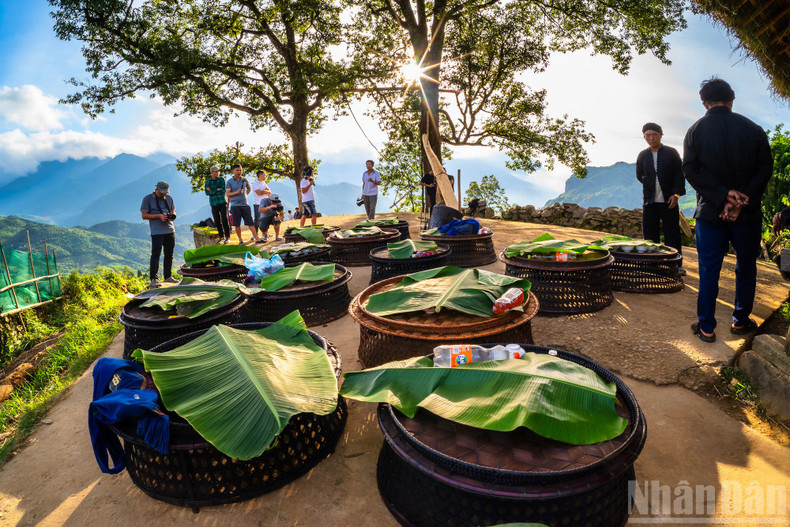
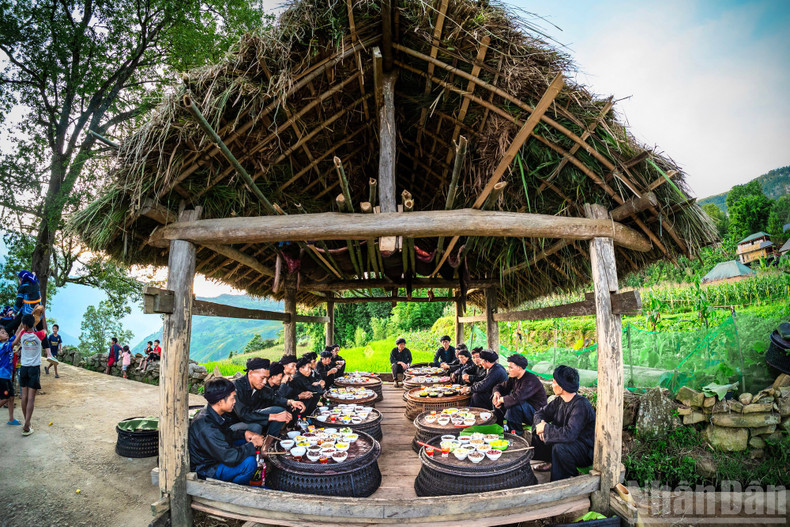
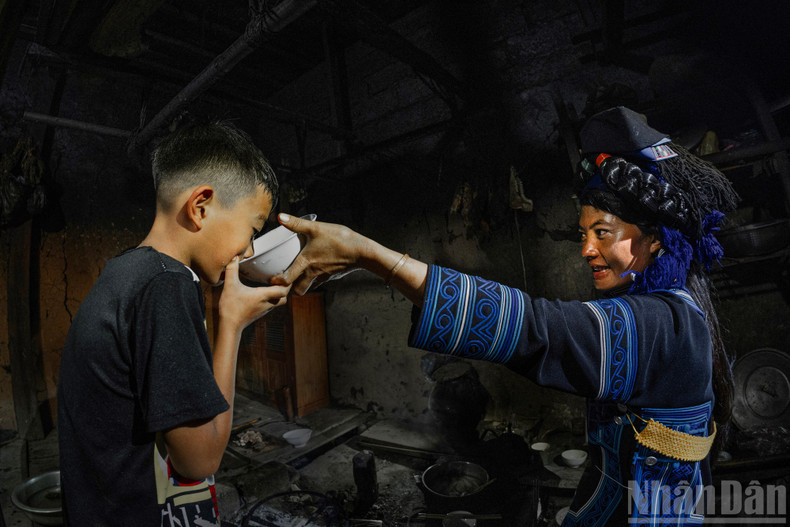
Following the rituals, households gather in the communal house for a shared meal. This moment fosters intergenerational connections, reflecting unity, mutual support, and collective joy after fulfilling the traditional rites.
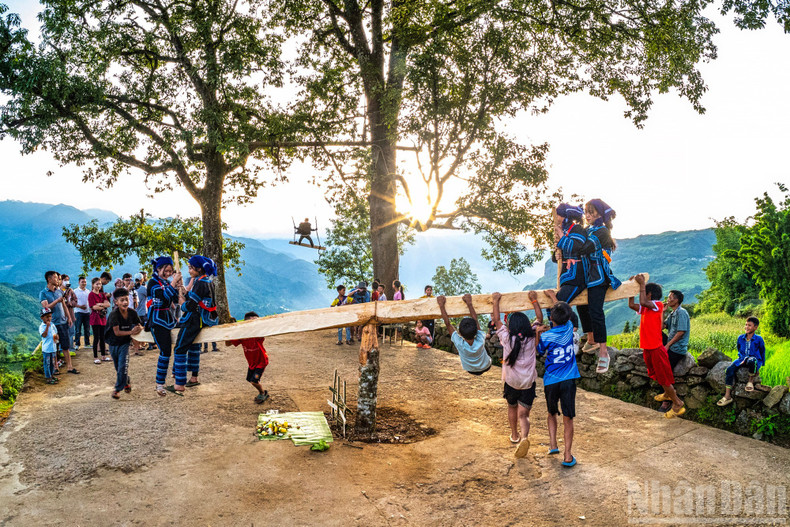
The festival’s celebratory activities were vibrant, featuring many distinctive traditional games such as tug of war, stick pushing, and swing riding. These activities not only created a joyful and enthusiastic atmosphere but also played an important role in preserving and passing down traditional cultural values to younger generations.
The festival also serves as an opportunity for each member of the community to contribute and uphold their role and responsibilities, from preparing offerings and participating in rituals to organising games and collective activities. It is precisely this broad participation that ensures the festival’s sustainability, making Kho Gia Gia an integral part of the spiritual and cultural life of the Ha Nhi people in the mountainous commune.
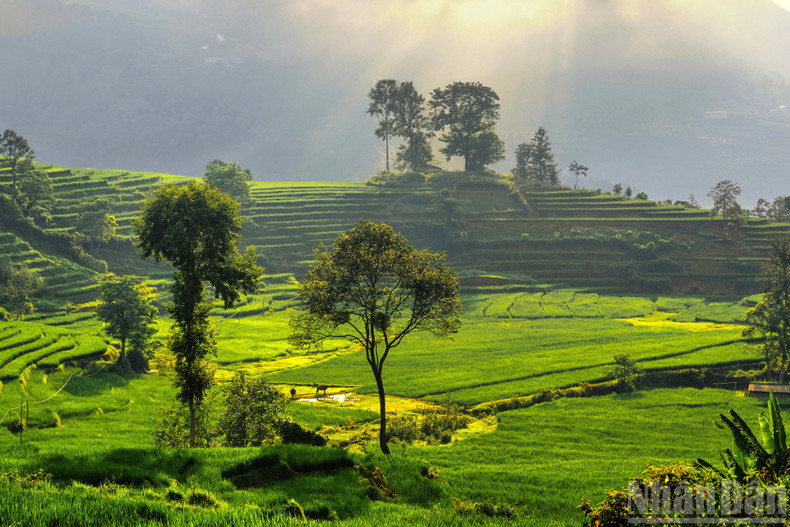
In 2014, the Kho Gia Gia Festival was recognised as a national intangible cultural heritage. This recognition affirms the unique cultural values of the Black Ha Nhi people and highlights the festival’s significance within Viet Nam’s cultural heritage landscape.
Today, the festival is not only a space for traditional cultural practices but also a unique cultural tourism product, attracting visitors eager to learn about and experience highland cultural life. Integrating the festival with tourism activities has helped promote the locality’s image and generated resources to preserve traditional values under new conditions.
